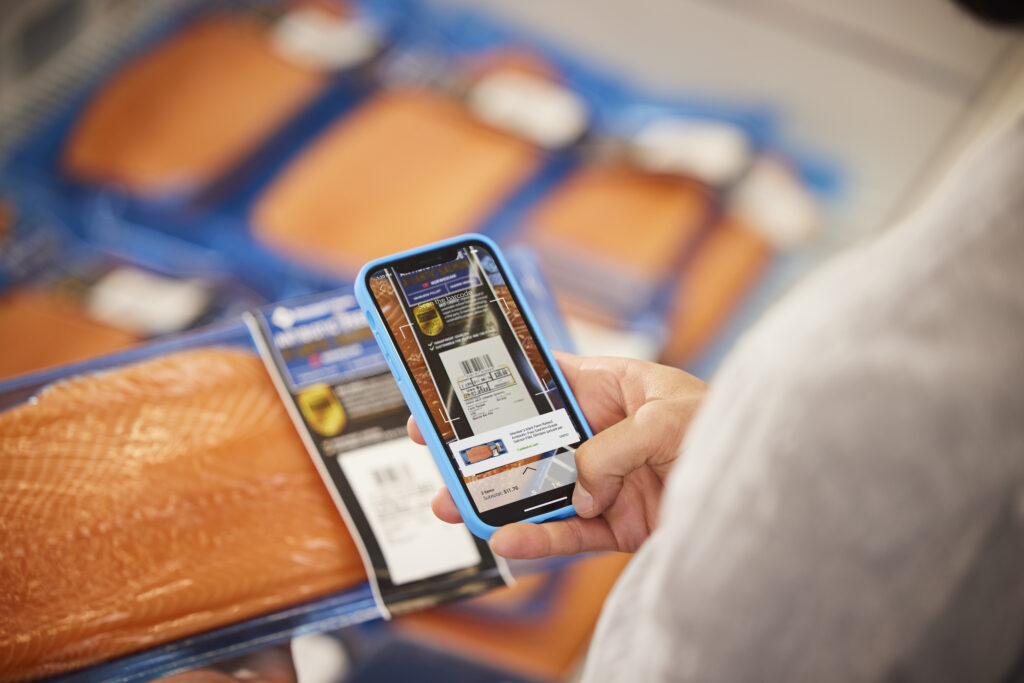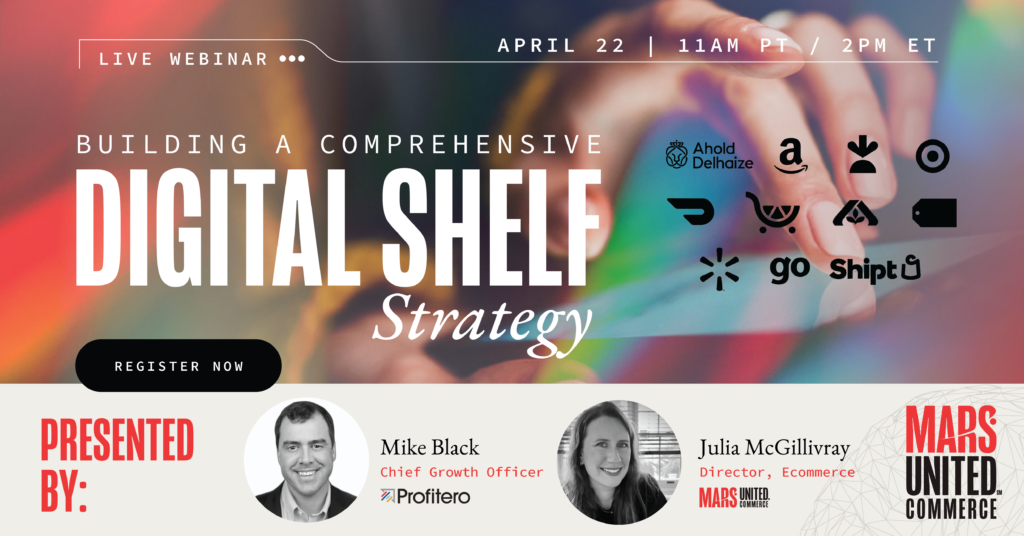In the evolving commerce marketing ecosystem, everything old is new again — you just need to measure it now.
“Experience” was the most-used buzzword at this year’s Shoptalk Spring event in Las Vegas, where a reported 10,000 attendees (half of them first-timers) convened to discuss, debate and, of course, pitch the latest innovations in consumer commerce, shopper engagement and retail operations.
 The prolific use of the word represented an industry-wide (or at least agenda-long) call for marketers to step back from their recent intense focus on digital media efficiency to reconsider the core purpose of advertising: engaging consumers through relevant moments and messaging — that is, providing behavior-influencing experiences.
The prolific use of the word represented an industry-wide (or at least agenda-long) call for marketers to step back from their recent intense focus on digital media efficiency to reconsider the core purpose of advertising: engaging consumers through relevant moments and messaging — that is, providing behavior-influencing experiences.
The most obvious environment to deliver these experiences is the physical store, which along with generating 80% or more of sales in most product categories currently accounts for 5.2% of all consumer “screen time” yet just 0.1% of ad spending, according to industry analyst Andrew Lipsman — while forecasting “experiential” as the next frontier for the advertising world.
But the concept extends to just about every other aspect and avenue of consumer engagement: insights-driven digital marketing that delivers personalized, relevant communication (see page 14); loyalty programs that build communities of brand followers through emotional connections (page 3), even generative AI-enabled search technology that provides helpful solutions instead of product options (page 5).
Speakers across the event’s five content tracks (including the obnoxiously loud, smoky and laser-drenched New Market stage) often called for a “back to basics” approach to marketing that requires brands and retailers to start every initiative with a full understanding of their customers and the core goal of satisfying their needs.
Fortunately, there is now an inexhaustible array of new technologies to accomplish those tasks more easily and effectively than ever before — with clear recognition that the human element should never get lost inside the algorithms and data clean rooms that are unlocking customer understanding.
With that in mind, conversations about retail media included talk of merchandising displays and taco trucks in parking lots (page 10), and even linear TV got a few shoutouts for its lasting ability to deliver scale — albeit with the modern aids of targeted audiences, shoppable ad formats, and measurable performance freshening it up.
“Measurement” was another popular word. In an era where even brand-building marketing campaigns are asked to deliver performance-based metrics, clear and consistent measurement must be applied to even the oldest-school tactics (even taco trucks).
Not that newer forms of marketing weren’t among the more commonly used words as well: The steadily growing role of “creators” and “influencers” was regularly mentioned as among the more productive methods of engagement (page 7) — often in the context of the need for stronger brand “storytelling” (page 8).
And the two hottest topics on the agenda remained “retail media” and “artificial intelligence” (everyone just says “AI” now), although both were discussed from more pragmatic points of view that (at least in many cases) moved beyond the heavy hype of recent years to drill down into the tangible progress being made toward effective activation and implementation.
The following are a few additional thoughts on three of the most dominant topics at Shoptalk Spring, which are covered in greater detail — along with many other key takeaways — throughout a report by nine leading Publicis Commerce thought leaders as well as a webinar recapping the event. Read on to download the report and watch the recording.
Retail Media:
Shoptalk’s internal content team asserted that “Retail is media and media is retail” in their event-opening remarks. Retail media is “the intersection of influence and performance,” according to Lisa Valentino, president of Best Buy Ads. “The convergence of all media is something that retail media can bring to the industry,” she suggested.
Ongoing challenges persist, namely the need for more sophisticated measurement practices that prove real business impact, diverse media opportunities that include targetable and measurable in-store activation, and alignment with brand activation across the retailer enterprise.
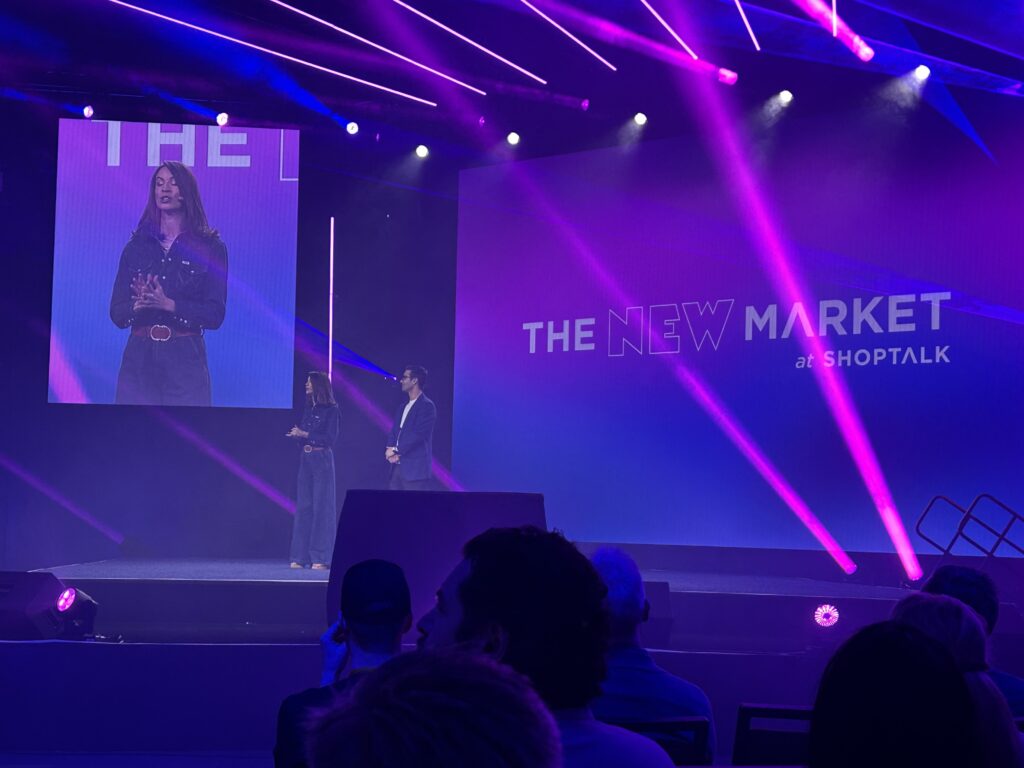 CPGs “are circling up and bringing a holistic strategy,” said Liz Roche, VP, Media & Measurement at Albertsons Media Collective. But retail media is “one slice of the flywheel” that should be used to support the complete plan, she acknowledged.
CPGs “are circling up and bringing a holistic strategy,” said Liz Roche, VP, Media & Measurement at Albertsons Media Collective. But retail media is “one slice of the flywheel” that should be used to support the complete plan, she acknowledged.
It’s critical for retail media networks to “unify the universe” by standardizing measurement and reporting so advertisers can “bring one story back to the brand team,” said Mike Sallette, VP of Media, Licensing, & Sponsorship at Danone. “If we can’t get to a simple executive summary, we can’t unlock incremental spending,” he warned.
The aforementioned need for a customer-centric focus is also paramount. The golden goose could easily become a Golden Calf if retailers lose their core shopper focus in the quest for advertising dollars, warned Joe Laszlo, Shoptalk’s Head of Insights. And media that doesn’t resonate with consumers is worthless.
Artificial Intelligence:
How brands respond to the adoption of AI by retailers and consumers will be a major competitive battleground, Shoptalk’s content team predicts.
Nearly 75% of consumers walk away from online purchases because they’re overwhelmed by the volume of choices that confronts them. “They’re looking for a tool that tells them what they’re looking for,” said Erik Quade, Chief Information Officer at apparel retailer Tillys, which supplements its own first-party shopper data with Google Analytics data to deliver “really great, granular recommendations” on its website.
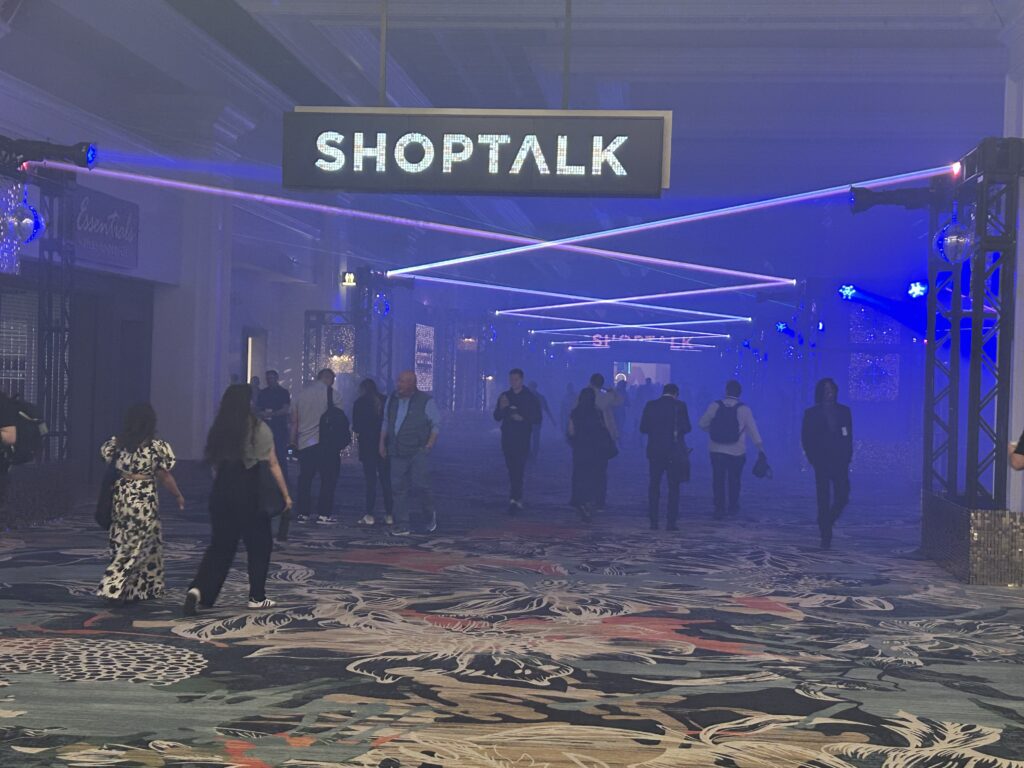 Search-related case studies were plentiful. Retailers, third-party platforms and even some brands are building smarter, conversational, and increasingly more visual engines. Rufus is helping Amazon move “from a product search engine to an inspiration engine,” said Rajiv Mehta, VP of Search & Conversational Shopping; the Amazon Lens tool now attracts 20 billion visual searches per month.
Search-related case studies were plentiful. Retailers, third-party platforms and even some brands are building smarter, conversational, and increasingly more visual engines. Rufus is helping Amazon move “from a product search engine to an inspiration engine,” said Rajiv Mehta, VP of Search & Conversational Shopping; the Amazon Lens tool now attracts 20 billion visual searches per month.
“The future is a personal agent that does all the shopping for you,” said Quade, noting that retailers will need to develop the right frameworks to work with these AI agents.
On the back end, AI will enhance, not replace the workforce. “We automate any type of task that no one wants to work on,” said Fatih Nayebi, VP, Data & AI at Canadian retailer ALDO Group. “‘Creative’ will be automated in the future, but ‘Creativity’ will not,” promised Karin Tracy, Meta’s Group Lead for Retail & Ecommerce.
Influencers & Creators:
Influencers were the unprompted selection as “Best Channel for 2025” by two out of three marketing experts during one panel discussion. The third panelist instead chose “the creator community.”
Influencers — most notably successful podcaster Joe Rogan — were the driving force behind direct-to-consumer health supplement maker AG1’s rapid growth into a $600 million business (that will soon move into traditional retail, by the way).
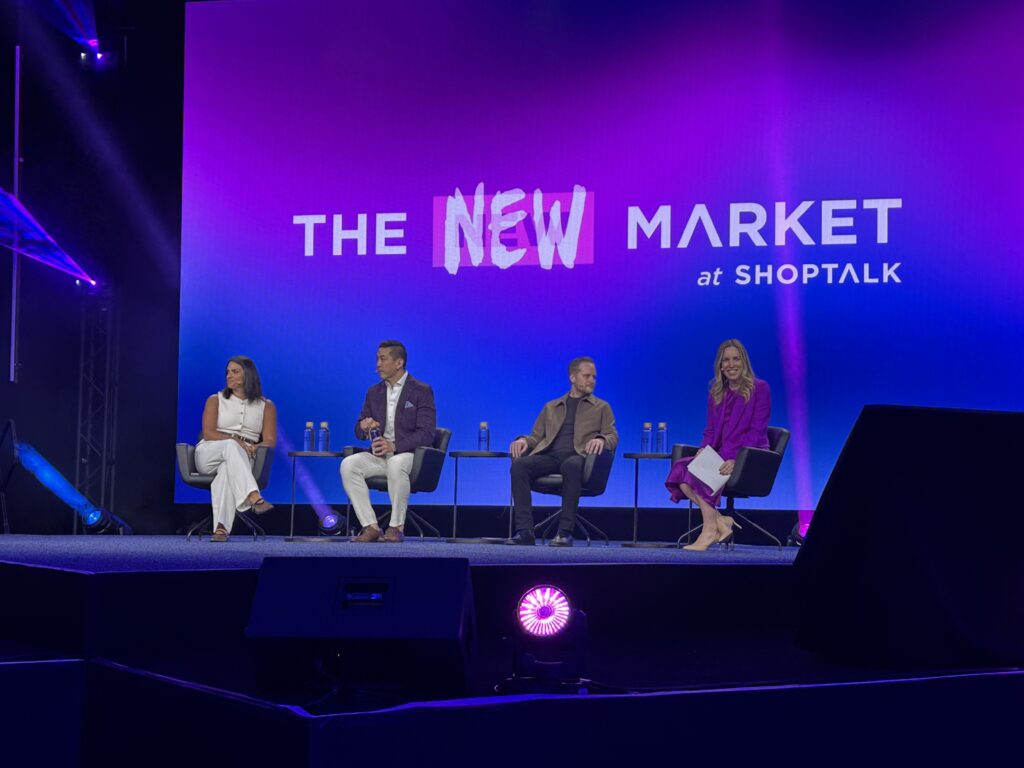 While high-profile/celebrity influencers (like Rogan) can make a huge impact, New York & Company marketing VP Laura Cantor recommended employing a “volume play with smaller influencers.” “The more, the merrier,” added fellow panelist Noelle Sadler, VP-Global Marketing at PacSun.
While high-profile/celebrity influencers (like Rogan) can make a huge impact, New York & Company marketing VP Laura Cantor recommended employing a “volume play with smaller influencers.” “The more, the merrier,” added fellow panelist Noelle Sadler, VP-Global Marketing at PacSun.
“It’s really important that the people who advocate for our brand love our brand,” said Adeela Hussain Johnson, CEO of trendy travel gear maker BÉIS, which is approaching $300 million in sales also thanks largely to influencers and other forms of user-generated social content.
Content creators are “the DNA” of social media platform TikTok, according to Amy Oelkers, GM of U.S. Commerce, Global Business Solutions. But they’re also often the driving force behind social marketing for brands.
“You have to activate the user-generated flywheel,” encouraged Mark Barrocas, CEO at SharkNinja, where 99.8% of the social content generated around the company’s latest product launch last December came from buyers.


